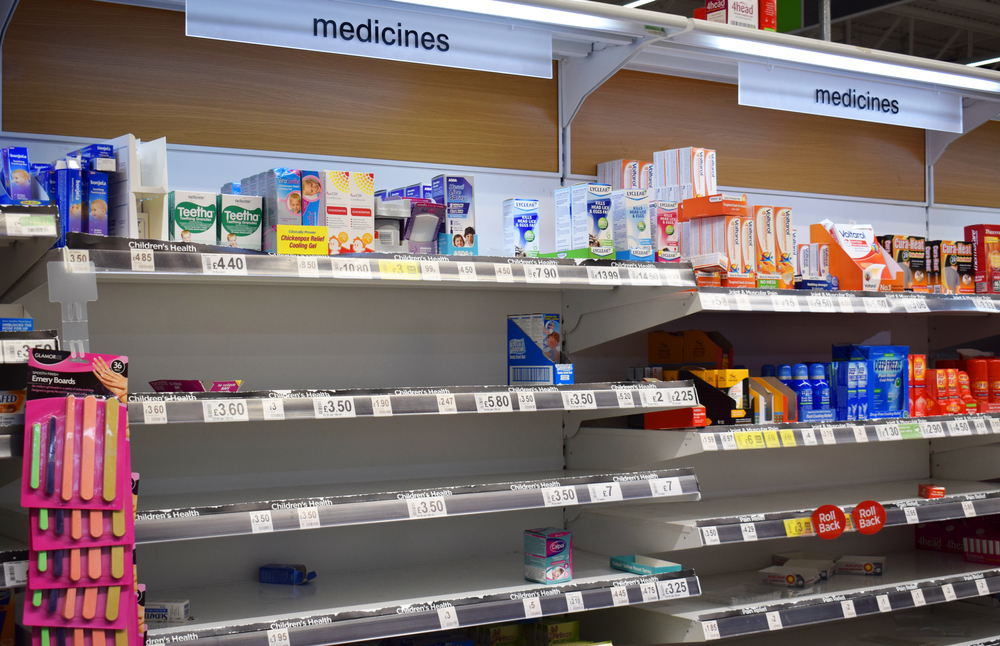Limited Supply of Fever and Pain Medicine Products for Children – Information for Families
Updated November 29th, 2022

With the current high demand for cold and flu products for kids, we are seeing a limited supply of children’s acetaminophen (Tylenol®, Tempra®) and ibuprofen (Advil®, Motrin®). This may include liquid and chewable products.
You do not need a prescription to buy fever and pain medicines for children.
- Canadian news media have reported that a prescription is needed. This is not correct. These products are available over the counter (on the shelf in the pharmacy).
Looking for Pain or Fever Medicines in the Pharmacy?
- If there is none on the shelf, ask the pharmacist about alternatives. Buy only what you need.
- If you are not sure how much medicine to give your child, ask the pharmacist for the correct dosing for your child’s weight.
- If you cannot find children’s products, your doctor or pharmacist can advise you how to safely use adult products for your child. Print off or show this link to your health care provider to find the right dose for your child.
Safety Tips:
- Do not use Acetylsalicylic Acid (ASA, Aspirin®) or pain medicines other than acetaminophen and ibuprofen unless your doctor recommends it.
- Always buy medicine from a licensed pharmacy. See Health Canada’s warning about buying medicines online.
- Medications imported from outside Canada may be different strengths. Be sure to talk to your pharmacist to make sure you are giving your child the right dose
Treating Pain
- Not all pain needs medicine. Sprains, strains, broken bones and cuts may feel better with rest and elevation (raising up the arm or leg on a couch, bed or pillow). Cold helps many types of pain (cold cloth, ice pack, cold food or drinks for mouth pain). Distract your child with a game, book, or other favourite activity.
- If your child needs medicine for pain and you can’t find it on the shelf, ask your pharmacist for help.
- For tips on treating pain, see About Kids Health, Acute pain: how to treat and manage in young children.
Fever
- Quick fever facts: Fever is not dangerous. Fever is the body’s natural response to infections and actually helps to fight infections. A higher temperature does not mean that the infection is more serious. Many studies have shown that treating fevers with medicine does not prevent febrile seizures (convulsions).
- You do not need to treat fevers with medicine. Cool your child by dressing them in light clothing. Offer extra fluids. Breastfeed more often or offer cool water or drinks to older children. Keep the room cool, use a fan if you don’t have air conditioning.
- Fever medicine can be used when your child is uncomfortable with fever, if your child is very sleepy or lethargic with a fever, or if they also have pain.
- If your child needs medicine for fever and you can’t find it on the shelf, ask your pharmacist for help.
- For tips on treating fever, see Kids’ Fevers: What to know, when to get help.